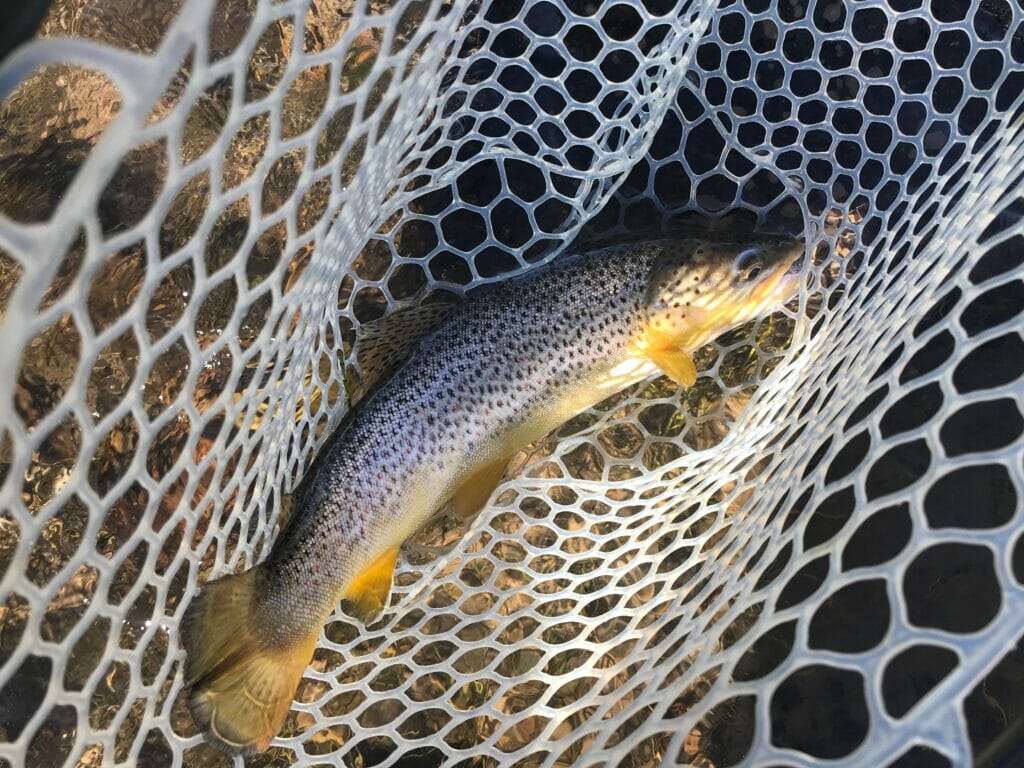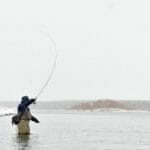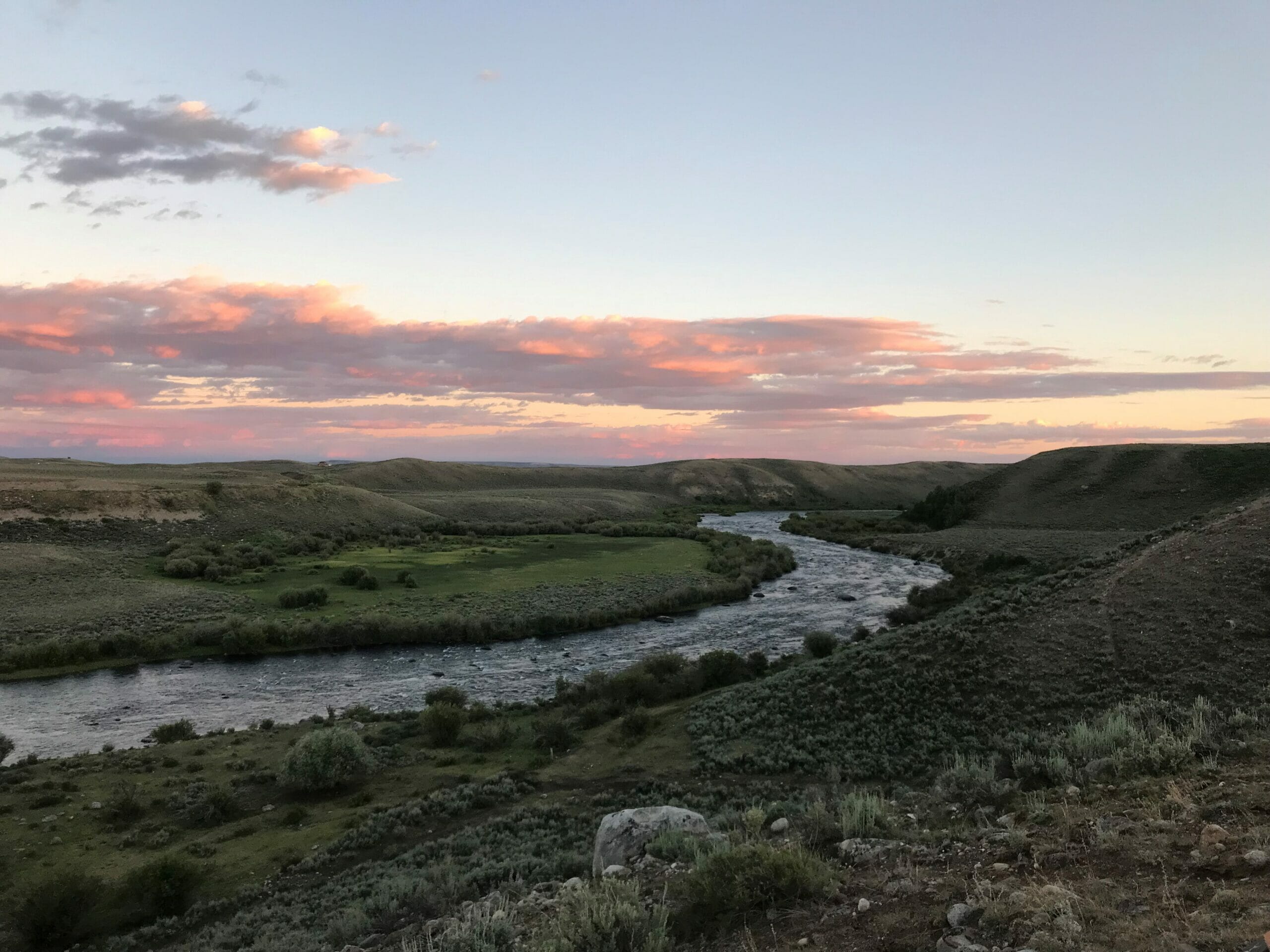It had been 10 years since I’d held a paddle.
My previous canoeing experience had consisted of gliding across the glassy lakes of the Sierra Nevada. And while Lake Tahoe and Lake Lahontan could become treacherous in a storm, they did not represent the intrinsic peril of the swift, boney river onto which I was about to embark.

There have been many times in my life when confidence eclipsed my ability, challenging my mental state of mind and my pushing my physical limits. I pushed off from the bank and hoisted myself over the gunwale, and as soon as I settled onto the stern seat, I realized I was being steered by the strong current directly toward the opposite bank. I didn’t have time to think about which stroke to use, but with a few swift sweeps I righted course. Muscle memory had prevailed and, with it, the tranquility of knowing I was prepared for any downstream challenges.
Creative professionals call a calm, singular focus the “flow state” without considering the watery connotations of the phrase. But for those of us who seek wild places, we are in a constant state of flow. An angler steps into the river and begins to unconsciously correct their stance against being swept downstream. Millions of synapses fire and muscles contract to keep them upright, but they’re otherwise unaware, tying a clinch knot and eager for their first cast.

When I step into the river, I’m only ever borrowing my time with it, the trees along its banks and the wildlife it nurtures. I can only ever claim to be a sliver of its story. Those who came before me knew it better, and called it by names shaped by its character rather than conquest. The place stakes a claim on me, not the other way around.
Like the synapses of muscle memory, wild places fire within us, inspiring us to get out the maps and plan our next visit. We may spend just a fraction of our lives in these places, but we are altered by them and carry them within us — making our everyday lives just a little more wild.
The open vistas of the upper Green River’s mountain-to-high-desert ecosystem are rapidly populating an expanding web of oil and gas wells and pipelines. In fact, 500,000 acres have been offered in this landscape since 2017. With more trips to the Green River on the horizon, I’m hopeful to see improved development practices in the future that help bring balance back to our public lands.
To learn more about much needed oil and gas reforms visit tu.org/oilandgasreform.
Tasha Sorensen lives in Wyoming and is TU’s western energy lead. She fishes the Green often with colleagues, friends and family.



